
It’s 2021, and while progress hasn’t brought us flying cars yet, we’ve gained countless everyday conveniences in recent decades.
We can do everything from make a cup of coffee to make a room smell better with just the press of a button. And cheap disposables and ready-made products also make our busy lives a little easier.
But modern-day conveniences often come with a hidden cost.
Sometimes it’s a slightly higher price tag, but often these conveniences also come at the expense of our health or the environment, or even both.
Following is a sampling of common household products that bear these hidden costs. You might not have given much thought to them before but might want to stop buying them in 2021. Here’s why.
1. Detergent
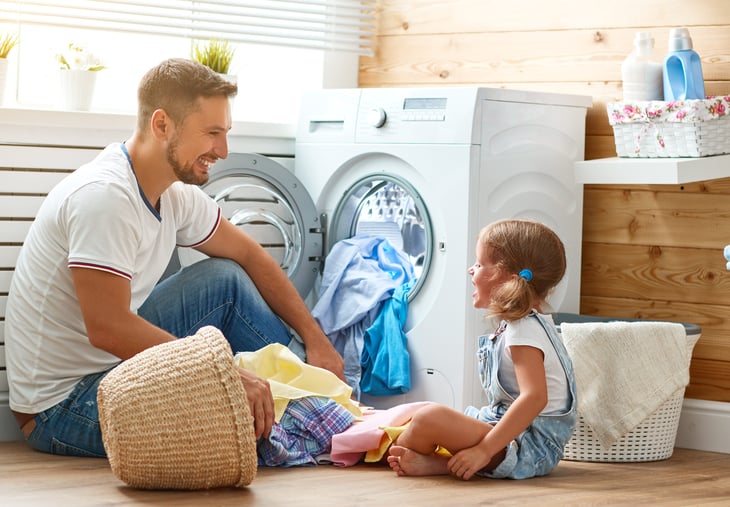
Detergents are among the common household products that can contain dangerous chemicals, according to the Cleveland Clinic.
For example, laundry detergent contains enzymes that help clean clothing. These enzymes can be toxic if swallowed, and they can irritate skin and eyes or make you more sensitive to other chemicals, the nonprofit says. Exposure to large quantities of detergent can also cause you to develop asthma.
Better alternative: Make your own detergents. As we detail in “3 Easy Ways to Get Laundry Soap for Nearly Nothing,” homemade laundry detergent works just as well and costs a fraction of the price of store-bought versions.
2. Disposable K-Cups and coffee filters

The Environmental Protection Agency says it plainly: “Buy reusable over disposable items.” That goes for that morning java as well. Reusable alternatives to disposable coffee filters will not only keep garbage out of landfills but also save you lots of dollars over time.
Better alternative: You can find reusable filters for various types of coffee makers, including those that replace K-Cups, online.
3. Cleaners

Cleaning products such as all-purpose cleaners, oven cleaners, and window and glass cleaners also made the Cleveland Clinic’s list of household items that can contain harmful chemicals.
All-purpose cleaners, for example, usually contain detergent, grease-cutting agents, solvents or disinfectants. The Cleveland Clinic notes:
“Depending on the ingredients used, all-purpose cleaners can irritate the skin, eyes, nose and throat. They can be highly poisonous to both humans and animals if swallowed.”
Better alternative: Make your own cleaners. Not only will you know exactly what goes into them, but you also will save a bundle. To get started with DIY cleaners, check out “Never Buy These 7 Overpriced Cleaning Products Again.”
4. Disposable straws

It’s getting tougher to find plastic straws as more and more cities ban them. They are also more costly for both your budget and the Earth in the long run compared with reusable alternatives.
Better alternative: Reusable straws come in multiple materials — including stainless steel, silicone and glass — and multiple sizes and colors that might delight the kids.
5. New books

It’s always a thrill to get a new book, with the clean, untouched pages and excitement of what lies inside. But financially and environmentally, they’re not the best option. E-books are generally cheaper and kill fewer trees — and you don’t even need to have an e-reader to enjoy them.
Better alternative: There are free apps that will enable you to read e-books on your smartphone, tablet, laptop or desktop computer, as we detail in “This Trick Lets You Read E-Books Without an E-Reader.” Patronizing libraries — remember them? — and used-book stores are also great alternatives to buying new books.
6. Conventionally grown strawberries
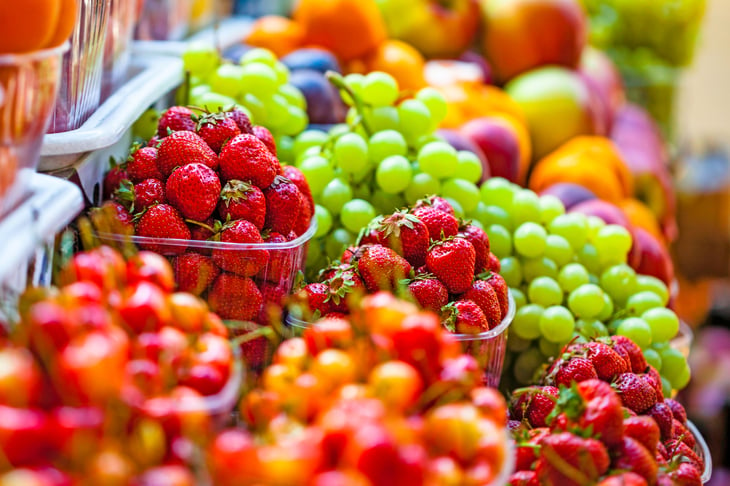
Strawberries are the most pesticide-laden produce item, according to Environmental Working Group’s 2020 “Dirty Dozen” rankings. The nonprofit reported that more than 90% of tested strawberry samples had residue of at least two pesticides, and one sample even had traces of 23 pesticides.
Better alternative: If buying organic strawberries isn’t an option, consider growing your own. It may not even be as much work as you think. Strawberries are perennial plants, meaning they grow back each year after winter passes. So, you won’t have to sow a new crop every year.
7. Disposable razors
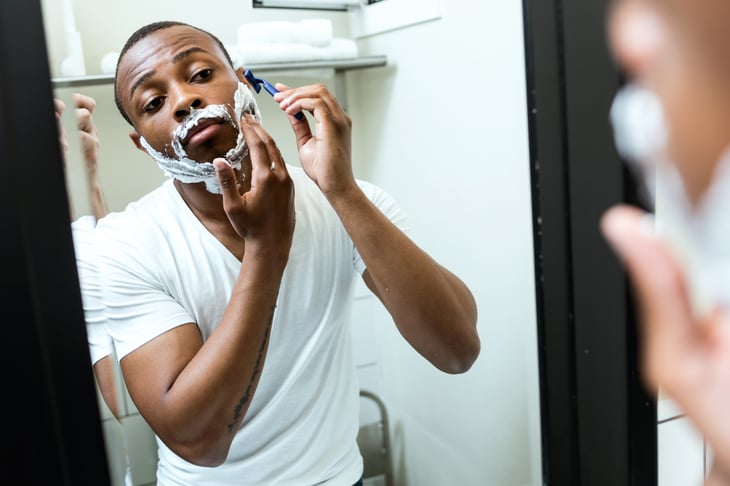
Tens of millions of disposable razors are sold in the U.S. annually, according to Statista. And few brands — Gillette is one — help consumers recycle these objects that generally contain both metal and plastic.
Better alternative: To cut both your costs and your waste, buy a razor with a handle that’s meant to be reused so you only have to buy blades. Or, go old-school and buy a safety razor; these generally take single, all-metal blades, which tend to be cheaper and easier to recycle.
8. Mined diamonds
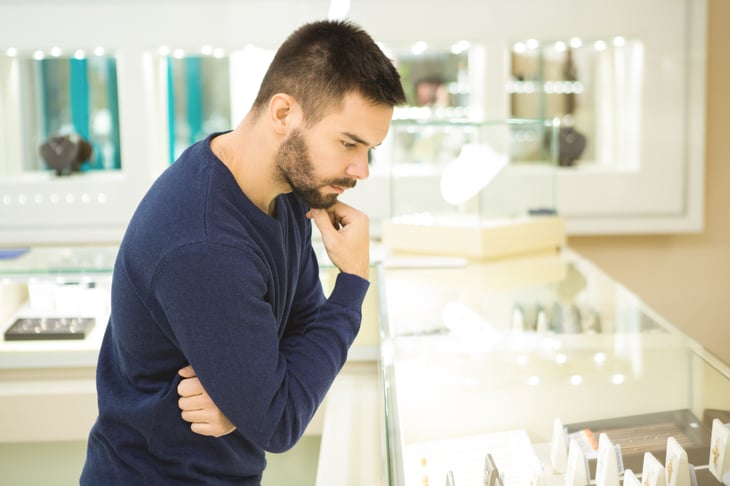
Diamonds might be forever, but they can also break your wedding or gift budget.
Better alternative: Lab-created ice is much cheaper. Another upside: You won’t have to wonder whether you unwittingly bought diamonds mined in impoverished countries by people working in dangerous and unhealthy conditions. And probably no one will be able to tell whether your diamond is natural or synthetic.
9. Mothballs
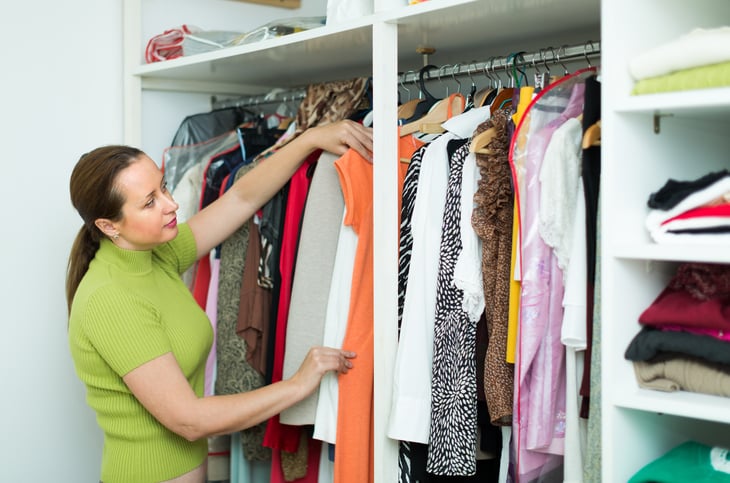
This method of pest control has been around for decades, but mothballs contain pesticides — specifically, chemicals known as naphthalene and p-dichlorobenzene — says the Cleveland Clinic. The nonprofit explains:
“Breathing the fumes from mothballs may cause headaches and dizziness and may irritate the skin, eyes, and throat. Extended exposure to the vapors may result in cataract formation and liver damage.”
Better alternative: More health-friendly ways to keep moths and other fiber pests out of your clothes and linens include storing them in airtight containers, according to Oregon State University’s Extension Service.
10. Air freshener
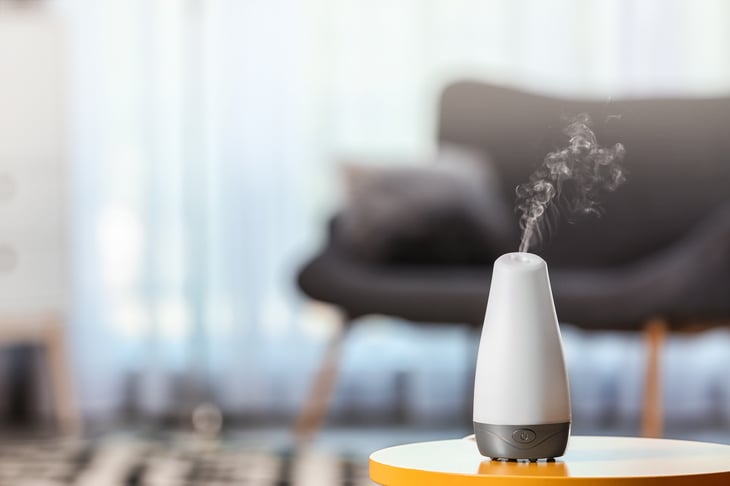
Many air fresheners contain a type of chemical known as phthalates as well as formaldehyde, according to Indoor Doctor, an environmental testing company.
Phthalates are known to interfere with the body’s production of testosterone and have been linked to reproductive abnormalities, says the nonprofit National Resources Defense Council.
Formaldehyde has been linked to cancer. The American Cancer Society explains:
“Exposure to formaldehyde has been shown to cause cancer in laboratory test animals. Exposure to relatively high amounts of formaldehyde in medical and occupational settings has been linked to some types of cancer in humans, but the effect of exposure to small amounts is less clear.”
Better alternative: Make your own air freshener with organic essential oils. Just do a web search for DIY recipes, and you will find plenty of options.
11. Couches

Not even your couch is necessarily safe. Upholstered furniture is often treated with flame retardants — chemicals that are associated with multiple health problems, including cancer, according to the National Institute of Environmental Health Sciences (NIEHS).
Many flame-retardant chemicals have been removed from the market, but they can persist in the environment for years, the institute says.
Better alternative: To reduce exposure to flame-retardant chemicals, the NIEHS suggests buying furniture filled with cotton, polyester or wool rather than polyurethane foam.
12. Plastic bottles
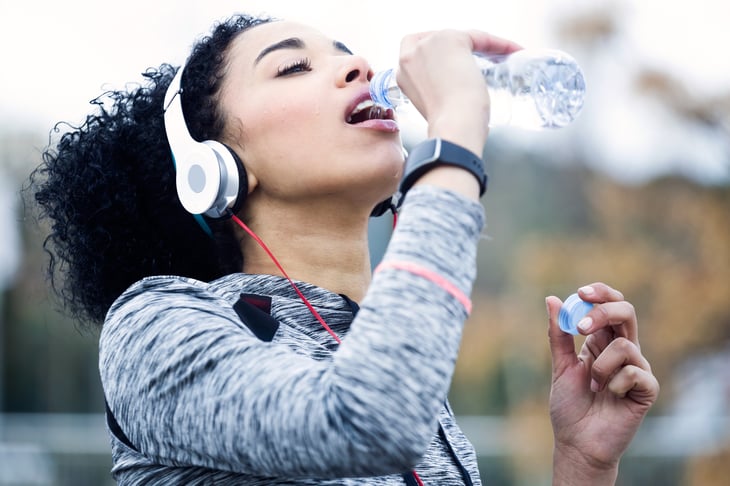
More than 60 million plastic bottles are thrown away each day, with most of them ending up in U.S. landfills and incinerators, according to the nonprofit Container Recycling Institute.
And not only are plastic bottles bad for Mother Earth, they aren’t exactly good for your body, either. They can contain a chemical called bisphenol A, or BPA, which is a synthetic hormone that mimics estrogen, according to a report from the Harvard T.H. Chan School of Public Health.
The report explains:
“Hundreds of animal studies point to potential health dangers from exposure in the uterus before birth. These include abnormal development of the brain, breast, and prostate. Many animal studies link the chemical to reproductive disorders, including infertility, feminizing of male organs in fetuses, and early puberty in females.”
Better alternative: Invest in some plastic-free reusable water bottles from a brand such as Klean Kanteen, which makes vacuum-insulated, stainless-steel bottles and other reusable containers.
13. Plastic tea bags

Tea bags save us time and make it easy to enjoy a cup on the go, but be careful which type you reach for.
A 2019 study out of McGill University in Montreal found that a single plastic teabag released billions of microscopic plastic particles into the water when heated to brewing temperature. The researchers noted that the possible health effects of consuming those particles are unknown, but do you really want to swallow all that?
Better alternative: Tea bags made of natural fibers are better for the environment if not also the body, but some are sealed with plastic, so switching to natural-fiber tea bags won’t necessarily make your next cup completely plastic-free. Other options include natural-fiber tea bags that are woven shut, as well as loose-leaf tea.
14. Processed meats

As we detail in “9 Foods You Should Never Buy Again,” the World Health Organization declared processed meats carcinogenic to humans — meaning they are known to cause cancer in humans — back in 2015. And the news hasn’t gotten any better since.
As Consumer Reports said of processed meats in 2019:
“Regularly eating them — even in amounts less than what you probably put in a sandwich — clearly increases the risk of cancer. They’ve also been linked to heart disease, stroke, and type 2 diabetes.”
Better alternative: Consumer Reports advises eating fresh meat over processed meat, and eating smaller portions of it — about 3 ounces. Go easy on red meat, though: The WHO declared it possibly carcinogenic to humans.
Of course, plant-based proteins and a growing number of meat alternatives are options as well — see “8 Easy Ways to Cut Back on Meat.” Not only are they generally better for your health, they tend to be better for your budget, too.
Disclosure: The information you read here is always objective. However, we sometimes receive compensation when you click links within our stories.



